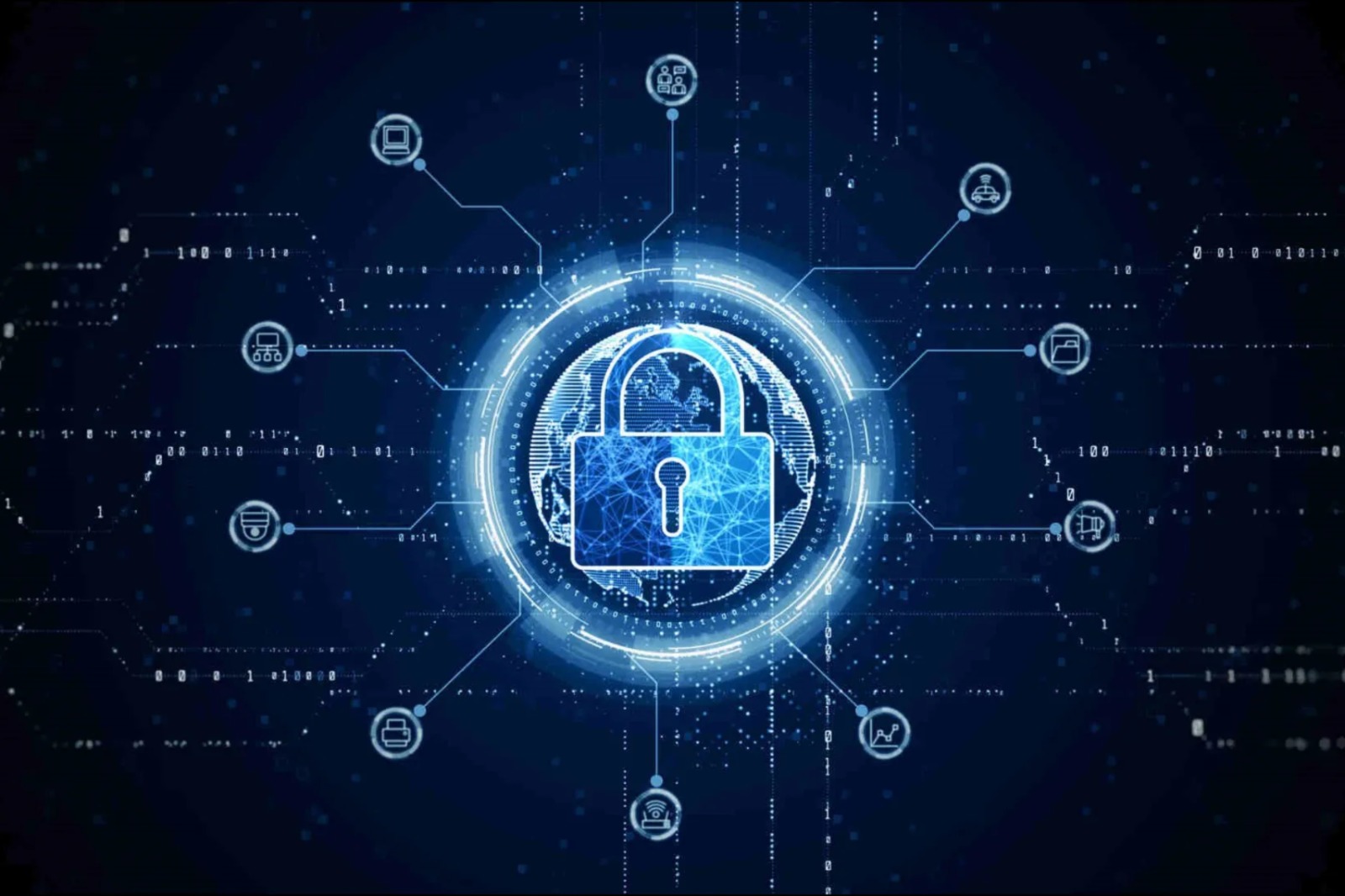
Cybersecurity in Healthcare: Why It’s More Critical Than Ever
As the world becomes increasingly digital, the healthcare sector is facing unprecedented challenges in cybersecurity. With the rise of electronic health records (EHRs), telemedicine, and connected medical devices, the amount of sensitive patient data being collected and stored has skyrocketed. By 2025, the need for robust cybersecurity measures in healthcare will be more critical than ever. This article explores the key reasons why cybersecurity in healthcare is paramount, the evolving threats, and the strategies that can be employed to safeguard patient information.
The Growing Threat Landscape
The healthcare industry has become a prime target for cybercriminals due to its wealth of personal and financial information. As technology evolves, so do the tactics employed by attackers. Understanding the current threat landscape is essential for healthcare organizations to protect themselves and their patients.
a. Ransomware Attacks
Ransomware attacks have surged in recent years, with healthcare organizations being particularly vulnerable. Cybercriminals exploit vulnerabilities in systems to encrypt critical data, demanding a ransom for its release. The consequences of such attacks can be devastating, leading to operational disruptions, compromised patient care, and significant financial losses.
In 2025, the sophistication of ransomware attacks is expected to increase, with attackers leveraging artificial intelligence and machine learning to enhance their methods. Healthcare organizations must remain vigilant and proactive in their defense strategies to mitigate these risks. Furthermore, the psychological impact on healthcare staff during a ransomware attack can lead to increased stress levels and burnout, as they scramble to maintain patient care amidst system outages. This human factor adds another layer of complexity to the crisis management that organizations must prepare for.
b. Data Breaches
Data breaches continue to plague the healthcare sector, with millions of patient records exposed each year. These breaches can occur due to various reasons, including weak passwords, unpatched software, and insider threats. The repercussions of a data breach extend beyond financial losses; they can severely damage a healthcare organization’s reputation and erode patient trust.
As regulations surrounding data privacy become more stringent, healthcare organizations must prioritize the implementation of robust security measures to protect sensitive information from unauthorized access. Additionally, the rise of telehealth services has introduced new vulnerabilities, as remote consultations often involve the transmission of sensitive data over less secure networks. Organizations must not only focus on traditional data security but also adapt their strategies to encompass the unique challenges posed by digital health solutions.
c. Internet of Medical Things (IoMT) Vulnerabilities
The proliferation of connected medical devices, known as the Internet of Medical Things (IoMT), has revolutionized patient care. However, these devices often lack adequate security features, making them susceptible to cyberattacks. In 2025, the number of IoMT devices is expected to grow exponentially, increasing the potential attack surface for cybercriminals.
Healthcare organizations must ensure that these devices are secure by implementing best practices, such as regular software updates, strong authentication protocols, and network segmentation. Moreover, the integration of IoMT devices into existing healthcare systems poses challenges in terms of interoperability and data management. As these devices collect vast amounts of patient data, ensuring the integrity and confidentiality of this information becomes paramount. Organizations should consider developing comprehensive policies that not only address device security but also establish clear guidelines for data usage and sharing among stakeholders, thereby fostering a culture of security awareness throughout the organization.
The Impact of Cybersecurity Breaches
The impact of cybersecurity breaches in healthcare extends far beyond immediate financial losses. The ramifications can affect patient care, organizational reputation, and regulatory compliance.
a. Patient Safety and Care
When a healthcare organization falls victim to a cyberattack, patient care can be severely compromised. Systems may become inaccessible, leading to delays in treatment and potential harm to patients. For instance, if a hospital’s electronic health record system is down due to a ransomware attack, healthcare providers may not have access to critical patient information, jeopardizing patient safety.
In 2025, as healthcare becomes more interconnected, the potential for cyberattacks to impact patient safety will only increase. Organizations must prioritize cybersecurity to ensure that patient care remains uninterrupted. Moreover, the psychological toll on patients and their families cannot be overlooked; the fear of compromised data and the potential for misinformation can lead to anxiety and distrust in the healthcare system. As patients become more aware of cybersecurity threats, their willingness to share sensitive information may diminish, further complicating care delivery.
b. Financial Consequences
The financial implications of a cybersecurity breach can be staggering. Healthcare organizations may face hefty fines for non-compliance with regulations, costs associated with recovery efforts, and potential lawsuits from affected patients. Additionally, the loss of patient trust can lead to decreased patient volumes, further exacerbating financial strain.
Investing in cybersecurity measures is not just a protective strategy; it is a necessary investment in the organization’s long-term financial health. The costs associated with a breach can include not only immediate recovery expenses but also long-term impacts on insurance premiums and the potential loss of contracts with partners and insurers. Furthermore, organizations may need to allocate additional resources to training staff on cybersecurity awareness, which, while essential, adds to the overall financial burden.
c. Regulatory Compliance
As data privacy regulations become more stringent, healthcare organizations must navigate a complex landscape of compliance requirements. Breaches can lead to significant penalties and legal repercussions. Regulations such as the Health Insurance Portability and Accountability Act (HIPAA) in the United States impose strict guidelines on how patient data must be protected.
In 2025, organizations that fail to comply with these regulations may face even harsher penalties, making it imperative for healthcare providers to prioritize cybersecurity as part of their compliance strategy. Additionally, the evolving nature of cyber threats means that compliance is not a one-time effort but an ongoing process that requires continuous monitoring and adaptation. Organizations must stay informed about emerging threats and regulatory changes to ensure that their security measures are up-to-date, which often necessitates significant investment in technology and personnel training. This proactive approach not only helps in avoiding penalties but also builds a culture of security awareness among staff, further safeguarding patient information.
Strategies for Enhancing Cybersecurity in Healthcare
To combat the growing threat of cyberattacks, healthcare organizations must adopt a multi-faceted approach to cybersecurity. Implementing comprehensive strategies can help mitigate risks and protect sensitive patient information.
a. Employee Training and Awareness
One of the most effective ways to enhance cybersecurity is through employee training and awareness programs. Human error remains one of the leading causes of cybersecurity breaches, making it essential for organizations to educate their staff on best practices for data security.
Regular training sessions can help employees recognize phishing attempts, understand the importance of strong passwords, and learn how to handle sensitive information securely. In 2025, organizations that prioritize employee education will be better equipped to defend against cyber threats.
b. Robust Security Infrastructure
Investing in a robust security infrastructure is crucial for protecting healthcare organizations from cyberattacks. This includes implementing firewalls, intrusion detection systems, and encryption protocols to safeguard sensitive data. Regular vulnerability assessments and penetration testing can help identify weaknesses in the system and address them proactively.
In addition, organizations should consider utilizing advanced technologies such as artificial intelligence and machine learning to enhance threat detection and response capabilities.
c. Incident Response Planning
Having a well-defined incident response plan is essential for healthcare organizations to effectively respond to cyberattacks. This plan should outline the steps to take in the event of a breach, including communication protocols, data recovery processes, and legal considerations.
Regularly testing and updating the incident response plan can ensure that organizations are prepared to act swiftly and efficiently in the face of a cyber crisis, minimizing the impact on patient care and organizational operations.
The Role of Technology in Cybersecurity
As technology continues to evolve, it plays a pivotal role in enhancing cybersecurity measures within the healthcare sector. Leveraging innovative solutions can help organizations stay ahead of cyber threats.
a. Artificial Intelligence and Machine Learning
Artificial intelligence (AI) and machine learning (ML) are transforming the landscape of cybersecurity. These technologies can analyze vast amounts of data to identify patterns and anomalies that may indicate a potential security breach. By automating threat detection and response, healthcare organizations can respond to incidents more quickly and effectively.
In 2025, the integration of AI and ML into cybersecurity strategies will become increasingly prevalent, enabling organizations to proactively defend against emerging threats.
b. Blockchain Technology
Blockchain technology offers a promising solution for enhancing data security in healthcare. By creating a decentralized and immutable ledger, blockchain can help protect patient data from unauthorized access and tampering. This technology can also facilitate secure sharing of information among healthcare providers, improving collaboration while maintaining data integrity.
As the healthcare industry continues to adopt blockchain solutions, organizations can enhance their cybersecurity posture and build trust with patients and stakeholders.
c. Telehealth Security Measures
The rise of telehealth services has revolutionized patient care, but it has also introduced new cybersecurity challenges. Ensuring the security of telehealth platforms is essential to protect patient information during virtual consultations. Organizations must implement end-to-end encryption, secure authentication methods, and regular security assessments of telehealth technologies.
In 2025, as telehealth becomes a standard mode of care delivery, prioritizing security in these platforms will be crucial for maintaining patient trust and compliance with regulatory standards.
Conclusion
As the healthcare sector moves toward a more digital future, the importance of cybersecurity cannot be overstated. With the increasing frequency and sophistication of cyberattacks, healthcare organizations must take proactive measures to protect sensitive patient information and ensure the continuity of care.
Investing in robust cybersecurity strategies, leveraging advanced technologies, and fostering a culture of security awareness among employees are essential steps toward safeguarding patient data. In 2025, organizations that prioritize cybersecurity will not only protect themselves from potential threats but also enhance patient trust and improve overall care delivery.
Ultimately, the responsibility of securing patient information lies with every member of the healthcare organization. By working together and prioritizing cybersecurity, the healthcare sector can navigate the challenges of the digital age and ensure a safer future for all. Contact IT Support Guy for managed cybersecurity.
